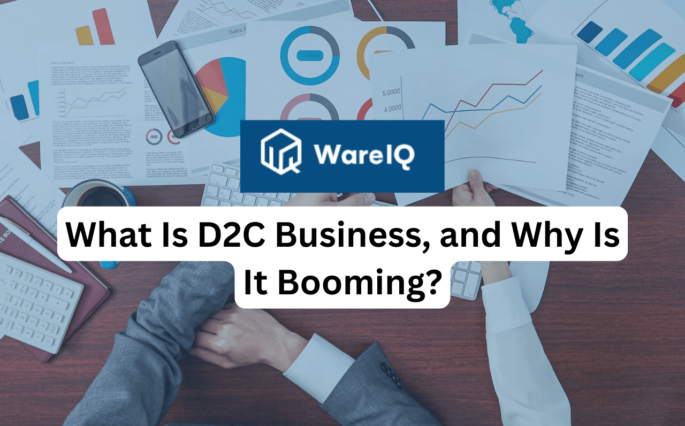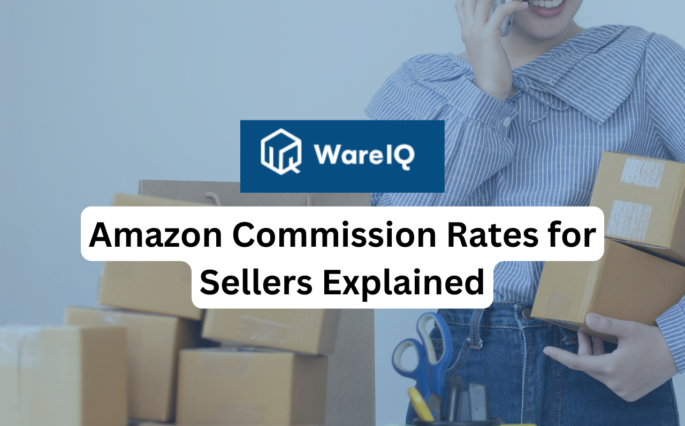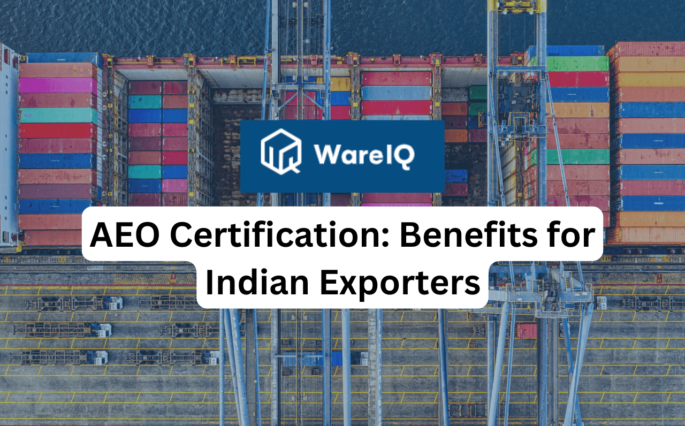Minimum Order Quantity Explained: Formula to Calculate MOQ & 10 Benefits of MOQ for eCommerce Business in 2025

These days, starting a business is not a big deal, especially in the eCommerce space. People have enough money through their own resources or through investors but what they lack are knowledge and free time. They may know about the basics of demand and supply but don’t know how the nuances of running an eCommerce business or various factors that affect online business growth in multiple ways. Those factors can be efficient inventory management, warehouse management, streamlined last-mile deliveries, payment collections, etc.
In eCommerce, inventory plays a crucial role. It is the biggest asset of a business among all its resources. Buying goods or raw materials isn’t always easy for a seller. You need to find a trustworthy company that not only sells the necessary supplies at the right price but also allows you to order the most suitable amount possible and preferably, does not impose a minimum order quantity (MOQ).
It is critical to understand how minimum order quantity works and why some suppliers may employ it. If appropriately controlled, it can help you boost your profits with increasing cash flow. MOQ can impact several aspects of an eCommerce business, including inventory management, pricing strategy, and customer experience. In this blog, we’ll dive into the importance of MOQ and provide tips calculating MOQ and for finding the right balance between maximizing sales and minimizing costs.
- What is Minimum Order Quantity (Meaning of MOQ)?
- What are the Different Types of Minimum Order Quantity (MOQ)?
- How does Minimum Order Quantity Affect Inventory?
- How to Calculate Minimum Order Quantity?
- Benefits of Minimum Order Quantity for Multichannel eCommerce Sellers and Buyers in 2025
- Steps to Implement Minimum Order Quantity (MOQ)
- Conclusion: Successfully implementing Minimum Order Quantity with WareIQ in 2025
- Minimum Order Quantity (MOQ): FAQs (Frequently Asked Questions)
What is Minimum Order Quantity (Meaning of MOQ)?
Minimum order quantity is the least number of units of a product that a retailer offers to sell to their customers at a particular time. In the eCommerce industry, it is mostly offered by a manufacturer or supplier in the context of production activity. A merchant can ask you to order an MOQ for a certain amount of money.
MOQs are a reflection of the financial limits faced by suppliers while fulfilling an order. These can include expenditures associated with material, machinery, and completion of that order, such as shipping costs. It is maintained by suppliers to maintain sales margins and lower the operational and logistical costs of the business.
What are the Different Types of Minimum Order Quantity (MOQ)?
Simple Minimum Order Quantity
Many businesses are not retailers although they have to fulfill a single order. The lowest limit could be the minimum order quantity or the least amount spent on the purchase. For example, a bike dealer directly buys bikes from the manufacturer but sells them in individual units. They maintain MOQ with a limited amount of stock with keeping in mind the constraints of economic factors by their target buyers.
Complex Minimum Order Quantity
Here, a retailer deals with many constraints at one time by taking care of various metrics such as price charts, quantity, quality, etc. A good example of this is orders placed by a grocery store owner or a chemist. A chemist has to fulfill orders for several medicines at a time for which they have to store different types of medicines in varying quantities.
How does Minimum Order Quantity Affect Inventory?
For both the supplier and the buyer, the minimum order quantity has a significant impact on inventory. Sellers who pick a high minimum quantity must produce and store large amounts and thus, their inventory management is affected by the MOQ. Buyers, on the other hand, must determine whether they require their product’s MOQ, or else find another supplier with a lower minimum order quantity or explore various other inventory storage solutions. Buyers must think about things like storage capacity and the potential savings from acquiring products in bulk.
High Minimum Order Quantity (MOQ)
Suppliers with a high minimum order may need to keep a large amount of inventory with them to fulfill orders. Suppliers may need more time to fulfill orders if they want to keep inventory levels low and adopt just-in-time inventory management. Inventory requirements that are larger involve a lot of working capital and take up a lot of warehouse space. However, they save administrative expenses since products or raw materials can be ordered less frequently, resulting in savings further down the supply chain. While stockouts are less likely, there is a higher chance of products becoming obsolete with a high minimum value, particularly in the case of electronics.
Low Minimum Order Quantity (MOQ)
Suppliers don’t require as much inventory on hand for orders with a low minimum order quantity because the typical order size is likely to be smaller. This could result in lower inventory levels and higher inventory turnover. A low minimum value might put a strain on your sales team, forcing them to manage more customers and work more to generate leads. Because orders are placed more frequently, administrative costs are higher. While low MOQ suppliers suffer the danger of running out of stock, they also run the risk of obsolescence.
How to Calculate Minimum Order Quantity?
There is no particular formula to calculate MOQ. It depends on various factors of a business like its size, location, operational sector, etc. It is built up to accommodate each supplier’s unique problems and business needs. Businesses must select whether they want a lower minimum order quantity with a higher price when purchasing from their suppliers or vice versa.
The more you buy from suppliers, the easier it is for them to cut costs per unit, which is why this system exists. Even though there is no set quantity for MOQ, there are a few things to consider when determining the optimum MOQ.
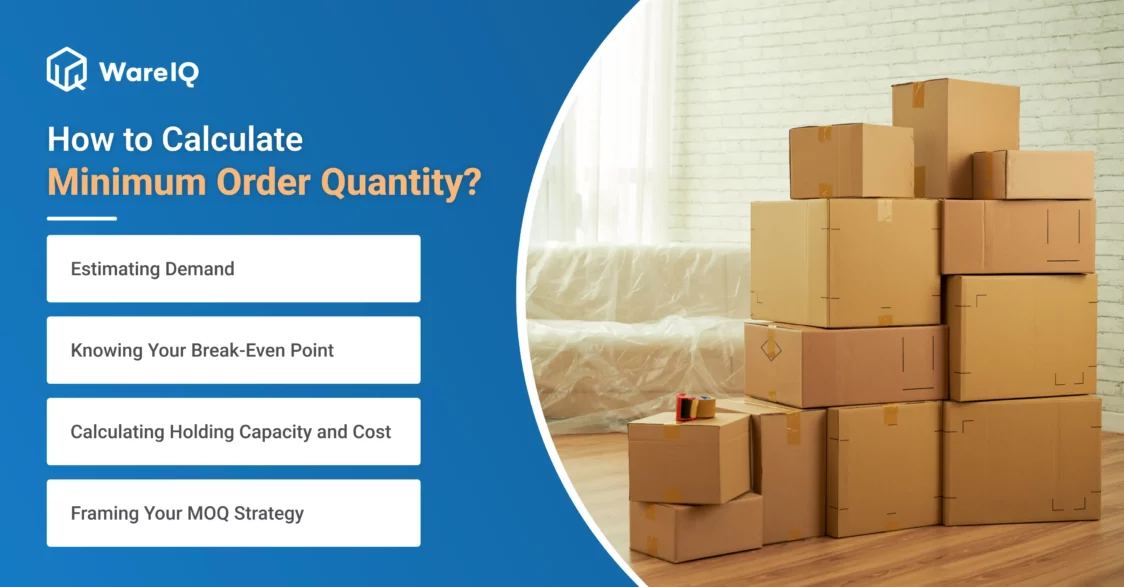
Estimating Demand
Demand forecasting considers product type, competition, seasonality, and other factors when calculating how many units you will sell as a merchant while ordering inventory. This information can assist you in making your next purchase decision. Inventory and demand forecasting go hand in hand in this equation.
You might find that the manufacturer’s minimum order quantity isn’t far off from what you’d be able to sell. You’ll also want to factor in your overall timeline for preparing the inventory to be shipped, which should include lead times, freight transit times, receipt of goods in the warehouse from your third-party logistics service provider (3PL), and any other potential delays, as you may find the need to order inventory sooner than expected.
Knowing Your Break-Even Point
If you want to set your minimum order quantity, you’ll need to know what your break-even point is. When you recover the customer acquisition cost and your customer returns through email marketing efforts, you will get a better idea during the second transaction for DTC orders.
Consider the lowest per-unit monetary amount you’re willing to charge in exchange for a larger order value for wholesale agreements. It can’t be so low that your profit margins suffer but if you’re not merely paying for lesser amounts at a greater price, discounted prices are expected.
Calculating Holding Capacity and Cost
Some items are more costly to store than others (due to size, duration of storage, and special ecommerce warehousing requirements). It’s more cost-effective to keep such items out of your inventory for as long as possible.
The true cost of storing all of your products will reflect in your inventory holding cost, which you must consider before spending extensively on inventory.
Framing Your MOQ Strategy
Let’s assume that you have high demand at all times. Suppose on average, your partners order 200 units per order, and you need to sell at least 150 units per order to break even.
If your partners or clients have previously agreed to buy 200-unit orders, you might need to set your minimum order quantity to 200 units, or even lower to 150.
Benefits of Minimum Order Quantity for Multichannel eCommerce Sellers and Buyers in 2025
A seller who sells their products on multiple channels including their websites through means such as dropshipping and 3rd party fulfillment has to strongly take care of the minimum order quantity. These days, retailers taking advantage of multi-location warehousing rely on order management software to manage all their orders and inventory. It helps them to cut costs on individual products which are transferred to buyers.

Benefits for Sellers
Better Cash Flow
A seller should stock the right volume of inventory so that is not too high that they have to hold it for long periods of time where their money remains withheld and not too low where they cannot fulfill all their orders. Proper maintenance of minimum order quantity helps them to save more efficiently and have a better cash flow.
Low Inventory Costs
Storing a high volume of inventory is expensive. You not only need to pay to rent storage but also on tracking and maintaining inventory levels and keeping it safe. You will have to spend a lot of money to buy a high volume of inventory which is stuck for a long time.
Assurance of Profit
If an MOQ is set, orders are at the lowest amount after calculating the profit and it will not affect the inventory and transportation cost. This gives the business a guaranteed profit margin.
Benefits for Buyers
Increase in Savings
When a seller saves money while selling a product, the effects trickle down to the buyers as well. This makes the end customer receive discounted prices from a seller who effectively manages inventory levels using minimum order quantity.
Fresher Inventory
A buyer buying products from a seller who follows MOQ will get fresh items because the seller stores the least amount of inventory that is needed.
Steps to Implement Minimum Order Quantity (MOQ)
Every idea, if tried and tested, can yield promising results compared to carrying out ideas that have not been researched. So for MOQ, these are the steps to achieve a better output.
- Calculate the Target MOQ
- Implement the MOQ
Calculate the Target Minimum Order Quantity
This is the most essential thing to do while implementing minimum order quantity. You cannot purchase a lot of items and keep your inventory stocked with just those products. If these items are not going to get sold shortly then:
- There will be less space in your inventory to store other items.
- Your money will be stuck until the products are sold.
- The products could get expired
- The value of the products gets lowered
- They start to need more maintenance
- Costs will accumulate with time
So for an easy check on this, you can take the following precautions:
Figuring Out Demand
Forecast the demand that you will need to fulfill in the future. Adjust your minimum order quantity per seasonal demands, the nature of the products, etc.
Calculate the Break-Even Point
Know the break-even point of a single product before you place an order in bulk.
Consider All Possible Costs
You must calculate all the costs associated with different minimum order quantity levels such as holding and transportation costs. Some products are expensive to store depending on their size, duration of storage, and special storage conditions. (e.g., fruits, vegetables)
Implement the Minimum Order Quantity
After all the trouble to calculate the right minimum order quantity, implementing MOQ is also a major task for the buyer. While implementing the MOQ, you may need to rent a warehouse, secure it, connect it to logistics partners, keep track of it, keep updating it, and add services like branded shipping, dropshipping fulfillment, etc. to it. You can also partner with a third-party fulfillment provider who will take care of all these things and give you extra benefits like multi-warehousing with MOQ, access to high-tech inventory management software, connections to more courier aggregators, RTO indicators, etc.
Conclusion: Successfully implementing Minimum Order Quantity with WareIQ in 2025
As you we have discovered, MOQ is important for eCommerce players who are maintaining multiple shops at a time on multiple selling platforms. They have a lot of things to focus on. Instead of micromanaging things that will consume all of their time, they should focus on other important aspects and manage the business. WareIQ can be a solution for this.
- It provides you with the facility of multiple warehousing or fulfillment centers in different locations.
- You get an actual count of your inventory before initiating MOQs.
- You will have to spend less on warehouse (inventory) management after MOQ.
- It sends you a reminder for low inventory.
- It eases your holding capacity for a long time.
- It lowers your freight rate by placing your inventory near areas of high demand.
- It helps you to find the best logistic partner to make your fulfillment hassle-free.
- It enables you to promise your customers same-day and next-day delivery.
- It has features such as RTO Shield to prevent high costs associated with product returns.
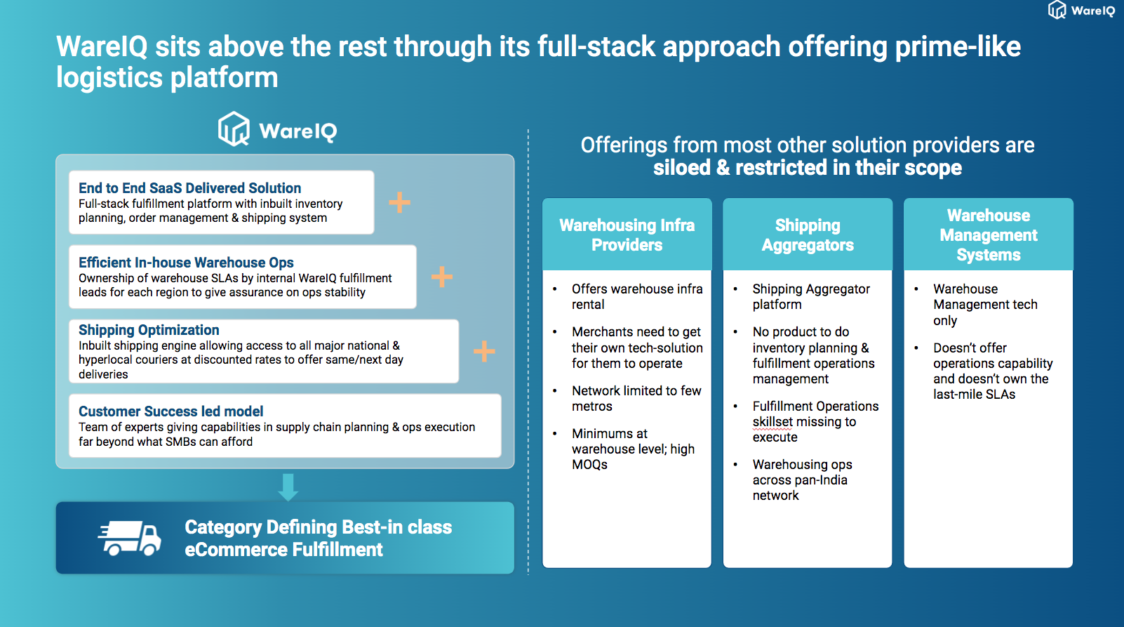
WareIQ offers sellers a full-stack platform. They also offer fulfillment centers near the recipient, which is something that not every eCommerce company can do. To save time, you can obtain all of your logistical needs in one place: inventory management, shipping orders, customer delivery concerns, and performance analysis. To enable firms to offer two-day deliveries, WareIQ maintains a network of fulfillment centers across India. They also collaborate with third-party companies to assist in the operations of their services, such as last-mile delivery.
WareIQ handles issues that arise during order fulfillment, such as damaged or lost inventory, and responds immediately to provide a positive customer experience. To keep your cash flowing, they offer COD remittance twice weekly. Finding the most efficient and dependable choice for your delivery, as well as managing returns, are all taken care of.
Suggested – Average Revenue Per Unit: How to Calculate ARPU for Growth?






